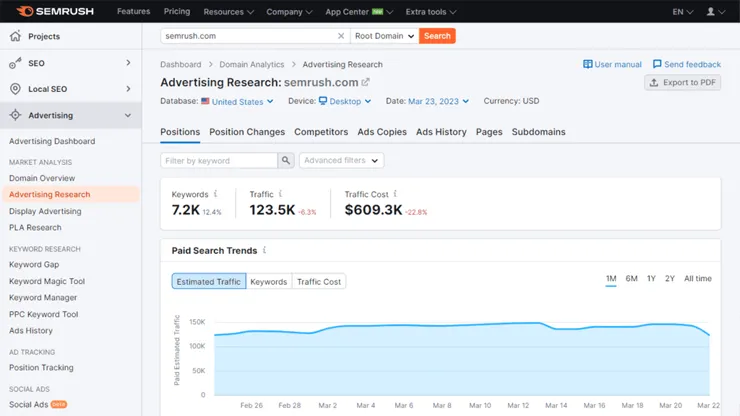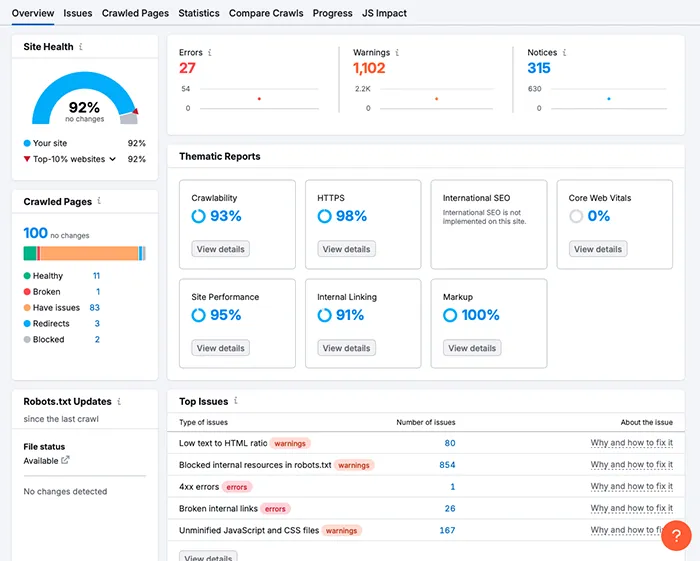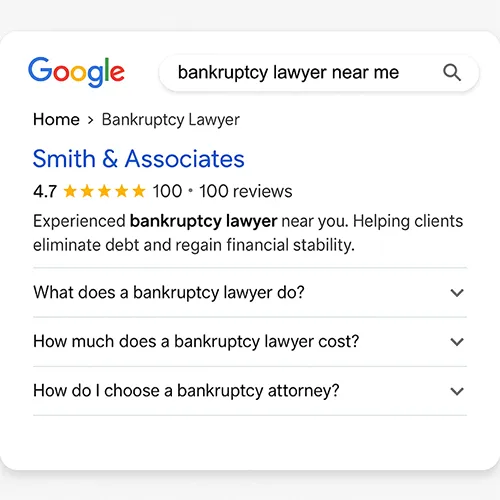
How to Optimize Your Content for Modern Search Engines Using SEMrush
Search engines now use artificial intelligence (AI) to provide results that better match what users are looking for. For businesses and website owners, this means traditional SEO strategies must evolve. By leveraging tools like SEMrush, you can optimize your website, improve visibility, and effectively connect with your audience.
This guide outlines practical steps to refine your content and improve your rankings with SEMrush.
Why Search Engine Optimization Is Changing
Search engines are no longer just analyzing keywords—they are understanding the intent behind user searches. Whether someone types “how to optimize for search engines” or asks “what’s the best way to rank my website,” your content must answer these questions clearly and directly.
To succeed, your website should:
- Be easy for search engines to understand.
- Deliver value that satisfies user intent.
- Load quickly and provide a great experience on all devices.
Here’s how SEMrush can help you achieve these goals.
Step 1: Discover Keywords That Match User Intent
Good content starts with the right keywords—terms that align with what your audience is searching for. SEMrush’s Keyword Magic Tool simplifies this process.
According to a 2023 BrightEdge study, 68% of online experiences begin with a search engine.
Real-World Use Case: As an SEO analyst with over a decade of experience, I used SEMrush to help a bankruptcy attorney, Warwick Law, increase traffic by 25% in just three months. I started by identifying their top local competitors—firms that were ranking well for high-intent keywords like “file bankruptcy information” or “Chapter 7 attorney near me.” Using SEMrush’s Keyword Gap Tool, I found they were missing out on over 80 keywords their competitors ranked for. We then built optimized landing pages around these gaps and fixed technical issues found in the site audit—like missing alt text, poor heading structure, and bloated page speed. Although I’m not a huge fan of local SEO platforms (they often cause headaches—Bing in particular kept reviving a closed listing), the visibility gains were undeniable.


How to Find Keywords
- Start Broad:
- Enter a general term, such as “content optimization” or “SEO tools,” in the Keyword Magic Tool.
- Explore Suggestions:
- Review long-tail keywords like “how to optimize website content” or “best SEO tools for beginners.”
- Focus on question-based queries (e.g., “what is SEO?”).
- Refine Your List:
- Choose keywords with medium-to-high search volume and manageable competition.
- Organize Your Keywords:
- Export your selected keywords into a spreadsheet or SEMrush’s keyword list for future use.
Example
If you’re writing about fitness, a term like “quick home workouts” might have less competition but higher intent. Targeting such keywords can drive more qualified traffic.
Pro Tip: Prioritize specific, long-tail keywords over broad terms to attract targeted audiences.
Step 2: Analyze What Your Competitors Are Doing
Your competitors can reveal valuable opportunities. SEMrush’s Keyword Gap Tool highlights keywords they rank for but you don’t, helping you close the gap.
How to Analyze Competitors
- Compare Websites:
- Enter your domain and up to four competitors’ domains in the Keyword Gap Tool.
- Find Missing Keywords:
- Identify terms your competitors rank for that your site doesn’t.
- Spot Weak Spots:
- Review keywords where you rank lower than competitors and optimize for those.
- Create Targeted Content:
- Develop content around these opportunities to bridge the gap.
Example
If a competitor ranks for “best website optimization tips,” you can write a detailed guide with actionable steps to outshine them.
Pro Tip: Use SEMrush’s filters to focus on high-value opportunities, such as keywords with commercial or informational intent.
Step 3: Fine-Tune On-Page SEO
On-page SEO ensures your content is easy for both search engines and users to understand. SEMrush’s tools can help you improve this quickly.
Steps to Optimize
- Run a Site Audit:
- Use SEMrush to find issues like broken links, missing meta descriptions, or duplicate content.
- Optimize Meta Tags:
- Use your primary keyword in the title and description.
- Example:
- Title: “10 Proven Tips to Optimize Your Website in 2024”
- Meta Description: “Learn practical ways to improve your site speed, structure, and SEO performance.”
- Use Clear Headings:
- Structure your content with H1, H2, and H3 tags.
- Enhance Readability:
- Break up dense sections with bullet points, numbered lists, and images.
Pro Tip: Always focus on answering user questions clearly and concisely.
Step 4: Use Structured Data to Stand Out
Structured data (schema markup) helps search engines understand your content’s purpose, enabling rich results like FAQs or star ratings.
A Backlink analysis found that using schema can improve click-through rates by up to 30%.

Adding Schema
- Choose the Right Schema Type:
- For FAQs, use the FAQPage schema.
- For product pages, use Product schema.
- Implement Schema Markup:
- Generate JSON-LD code using tools like Google’s Structured Data Markup Helper.
- Test Implementation:
- Validate your schema using Google’s Rich Results Test.
Example
If you run a recipe website, adding structured data can display cooking times, ratings, and ingredients directly in search results.
Pro Tip: Rich results improve click-through rates, making schema markup a must for modern SEO.
Step 5: Monitor and Improve Over Time
SEO is not a one-time task. Regularly update and monitor your content to maintain rankings and adapt to changes.
![]()
How to Track Performance
- Use the Position Tracking Tool:
- Add your target keywords to SEMrush’s tracking tool to monitor rankings.
- Analyze Metrics:
- Check bounce rates, time on page, and organic traffic trends.
- Update Content:
- Refresh older posts with new information, updated keywords, or additional sections.
- Optimize Further:
- Use SEMrush’s SEO Writing Assistant to improve readability, tone, and keyword placement.
Pro Tip: Focus on consistently providing value—content that answers questions and stays relevant performs best over time.
Final Thoughts
Search engine optimization is constantly evolving, but the core principles remain the same: deliver value, solve problems, and make your content easy for search engines and users to find. SEMrush provides powerful tools to help you identify opportunities, refine your strategy, and stay ahead of the competition.
Start by discovering what your audience is searching for, create content tailored to their needs, and monitor its performance regularly. Over time, these strategies will strengthen your online presence and attract more visitors.
Ready to Boost Your Rankings?
Whether you’re a local business, an e-commerce brand, or a service provider, Thursday Creative can help you uncover hidden SEO opportunities and grow your organic traffic—without relying on templates or fluff. I personally handle the research, technical cleanup, and strategy, using tools like SEMrush and my own decade of experience to deliver results.
Let’s talk about how we can increase your traffic and conversions. Contact us to get started.





